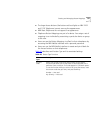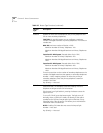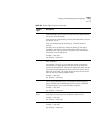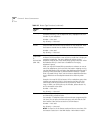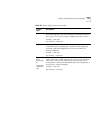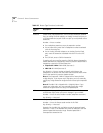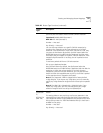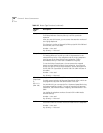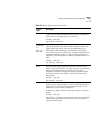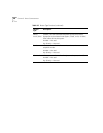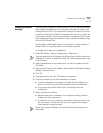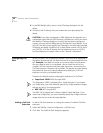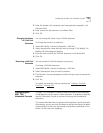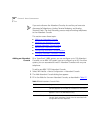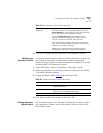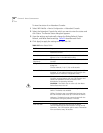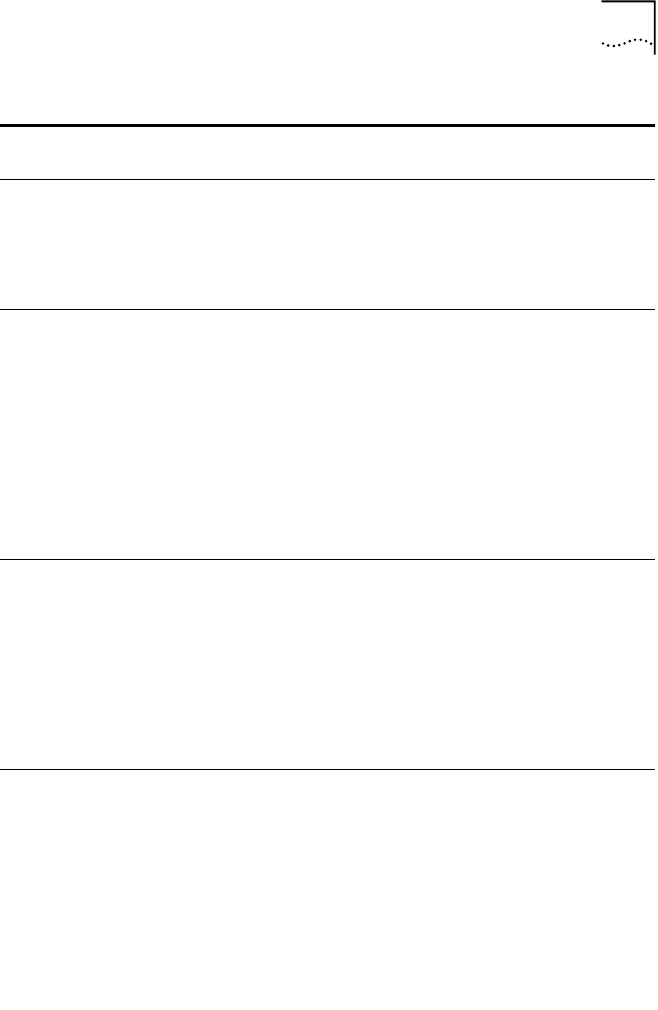
Creating and Managing Button Mappings 159
Release Maps the Release function to this button. Release disconnects the
current call and leaves the telephone idle (on hook). This feature is
useful if you use a headset when you make calls.
Number — Not used.
Prty (Priority) — Not used.
SSD 0–99
(SuperStack
3)
SSD 1–10
(NBX 100)
Maps a System Speed Dial (SSD) number to the button.
Both the SuperStack 3 NBX and the NBX 100 system includes 100
System Speed Dials (SSDs), which can be programmed by the
administrator (NBX NetSet System Configuration - Speed Dials).
For the NBX 100, you can map the first 10 system speed dials using
the Button Mappings window. To map the remaining 90 system
speed dials, use the Other button mapping, described earlier in this
table.
Number — Not used.
Prty (Priority) — Not used.
Switch to
DTMF
Maps this button to the feature that switches this Analog Line Card
port from pulse dialing to tone dialing (DTMF). Press this button
once to switch to tone dialing. You cannot switch from tone dialing
back to pulse dialing during a call. When you hang up the
telephone, the Analog Line Card port reverts to its default setting,
either pulse dialing or tone dialing, as configured by the system
administrator.
Number — Not used.
Prty (Priority) — Not used.
System Intercom calls and outside calls from lines not mapped to specific
buttons ring on a System button. To call an outside number from a
System line, you must access a line pool by dialing either 9 or 8,
depending on your line pool configuration.
By default, the bottom 3 buttons with lights have their Type set to
System.
Number — Not used.
Prty (Priority) — The button with the lowest value in the Prty (Priority)
field is the one that becomes active when you lift the receiver or
press the Speaker button.
Table 26 Button Type Functions (continued)
Button
Type
Description



